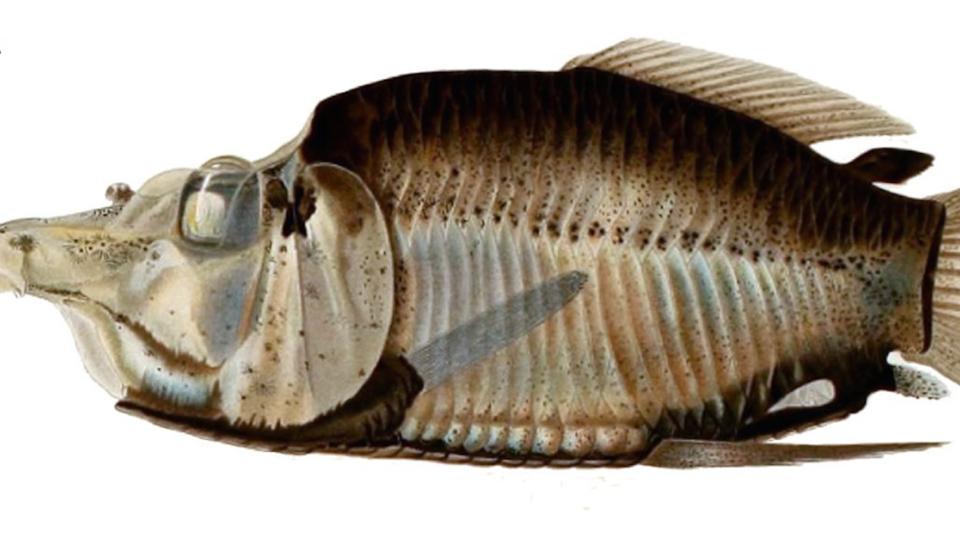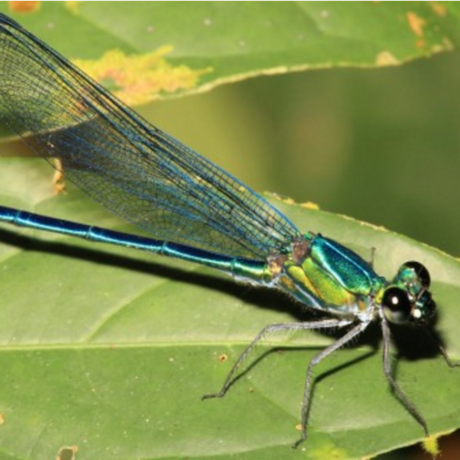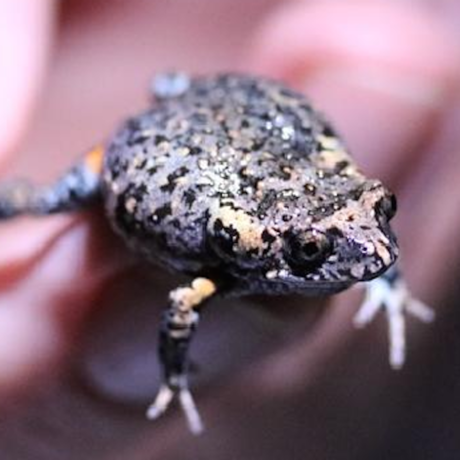Science News
New Discoveries: Gobies and Deep-Sea Fish

Starburst Scorpionfish
A Caribbean entrepreneur and scientists from the Smithsonian Institution teamed up to discover a flashy, orange-red scorpionfish in Curaçao. The find was made possible by a local businessman, “Dutch” Schrier, who loves marine life so much that he paid $2 million to build a custom deep-sea submersible, the Curasub. (Cute, huh?) He then invited scientists to travel with him under the sea. Together, they are identifying dozens of new species, all of them found deeper than 300 feet (91 meters). The scientific name of the new fish is Scorpaenodes barrybrowni, named for the photographer, Barry Brown, who helped document this and other discoveries. Check out the starburst scorpionfish in a new issue of the journal Zookeys.
Bioluminescent Deep Sea Fish
While the new scorpionfish is bright and cheery, two newly discovered species of deep-sea barreleyes are some “of the most peculiar looking” fishes in the ocean, according to a paper published in PLoS ONE. Many species of this family have organs called “soles” along their bellies, covered with pigmented scales that control light emitted from an internal organ. (Maybe soles should be called flashlight organs?) Looking at specimens collected on recent research cruises near American Samoa and New Zealand alongside long-preserved specimens caught near the mid-Atlantic ridge and Australia, scientists realized the fish had three distinct pigment patterns. Further genetic work confirmed that what was thought to be one species is now three. Monacoa niger and Monacoa griseus now join their established cousin Monacoa grimaldii; but the two new species seem to prefer the Pacific, while M. grimaldii swims in the Atlantic.
A SoCal Goby
Two weeks ago, scientists described a new species of goby from southern California. The fish are separate from their more northerly California tidewater relatives because their mitochondrial DNA is different, they have fewer rays in their pectoral fins, and their lateral line contains more neuromasts—organs that sense movement and vibration in water. They’re also fatter. Senior author David Jacobs of UCLA thinks the fish may have evolved to be wider because they live on the bottom of lagoons and don’t swim around as much. The two-inch fish is also endangered and lives exclusively in three or four lagoons at Camp Pendleton Marine Base in San Diego County. The species’s scientific name, Eucyclogobius kristinae, is for a former UCLA post-doc from San Francisco, Kristina Louie, who died suddenly in 2004 at the age of 29. Jacobs was impressed by her diligence and commitment to conserving California’s coastal life.
Image: PLoS ONE, doi:10.1371/journal.pone.0159762


